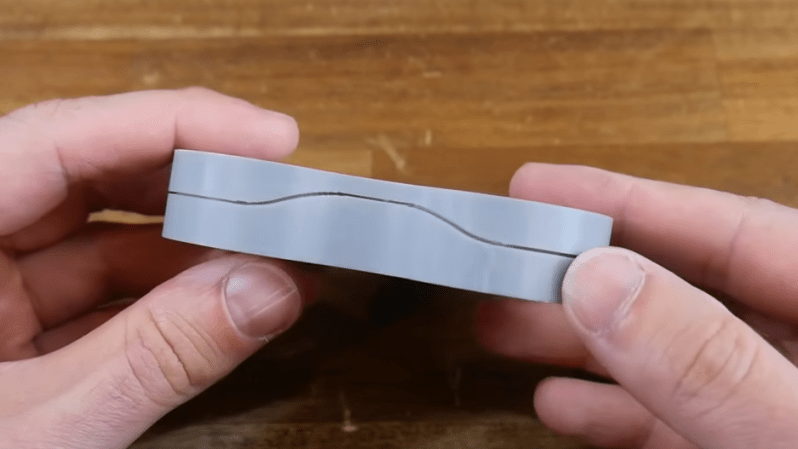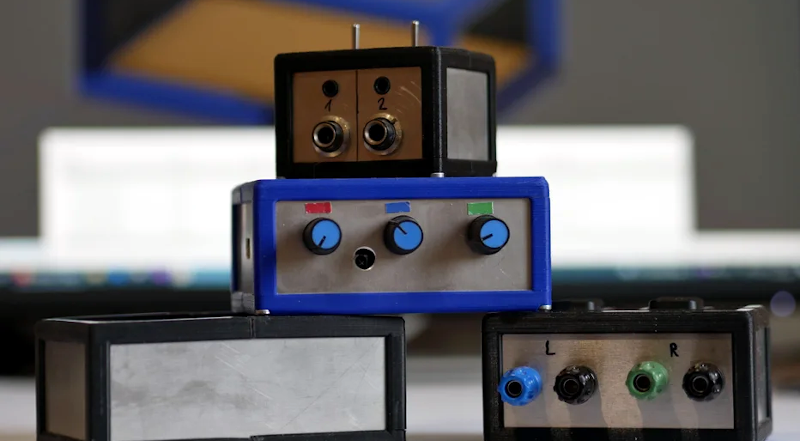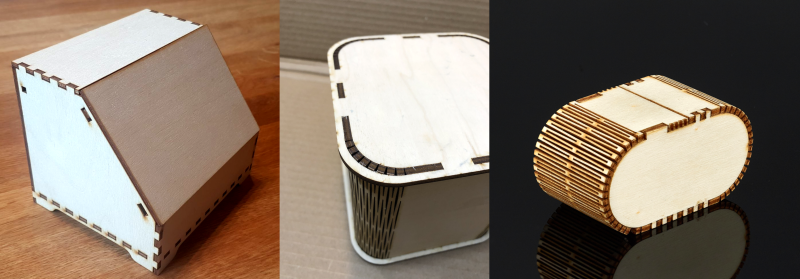Enhance Your Enclosures With a Shadow Line

Some design techniques and concepts from the injection molding world apply very nicely to 3D printing, despite them being fundamentally different processes. [Teaching Tech] demonstrates designing shadow lines into 3D printed …read more Continue reading Enhance Your Enclosures With a Shadow Line

